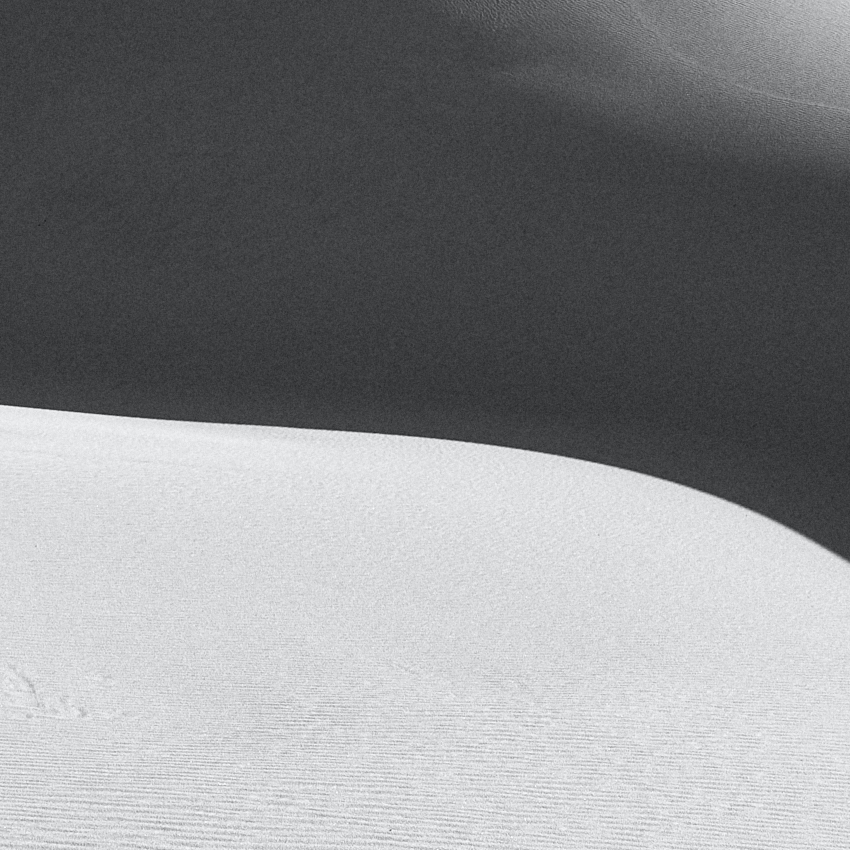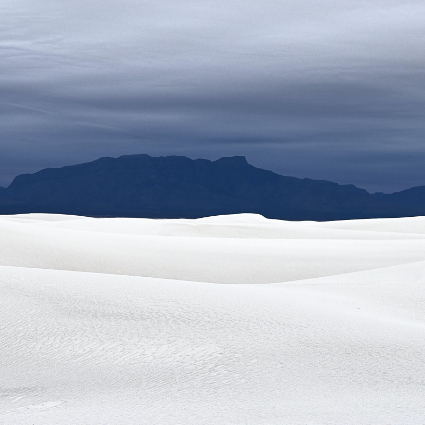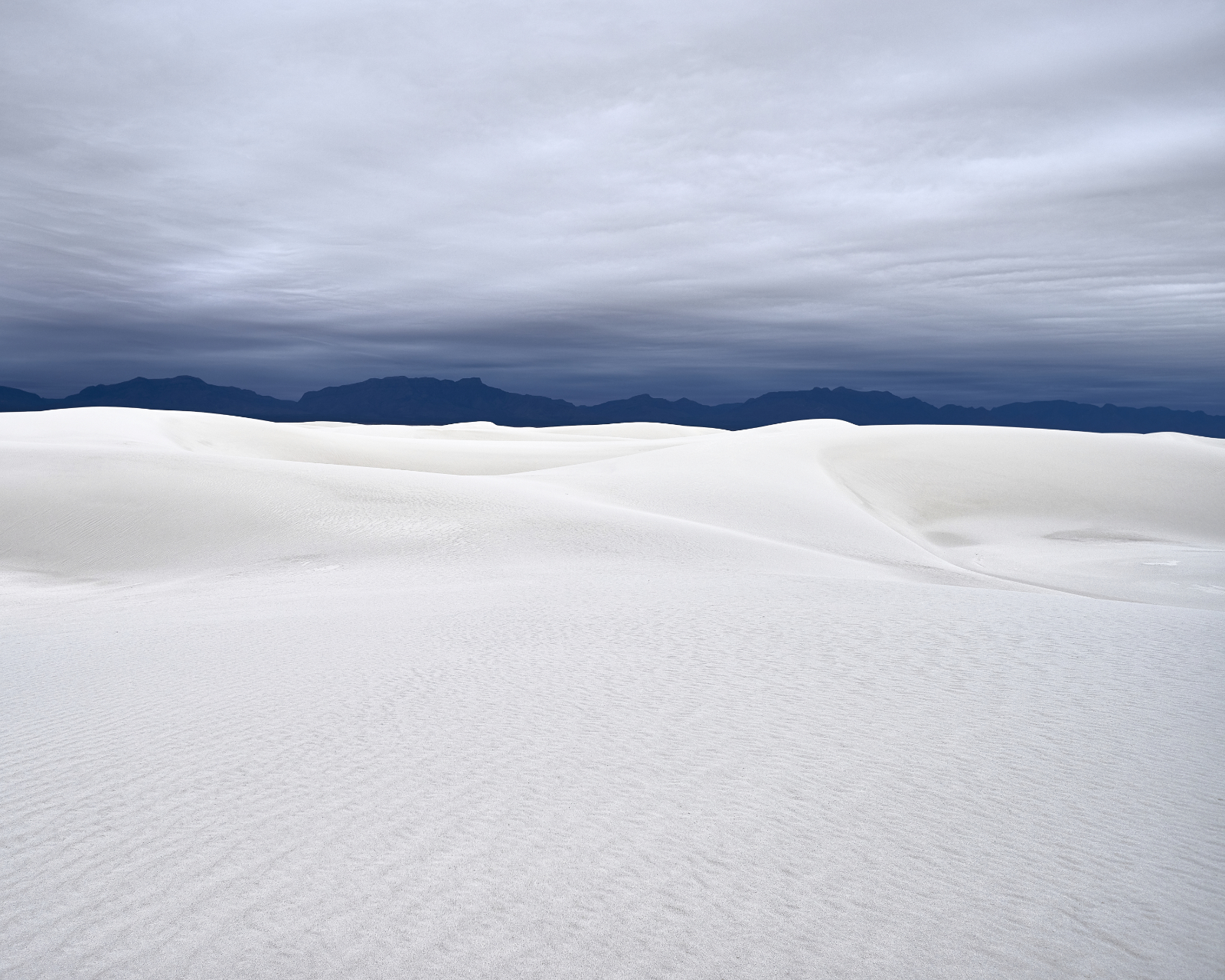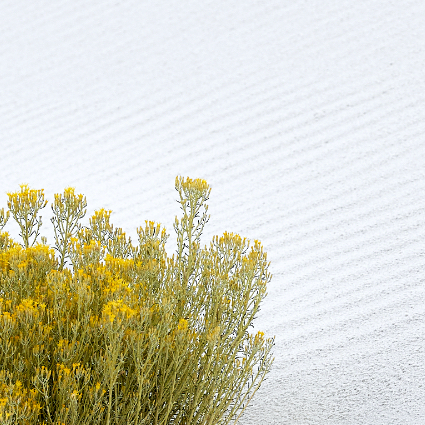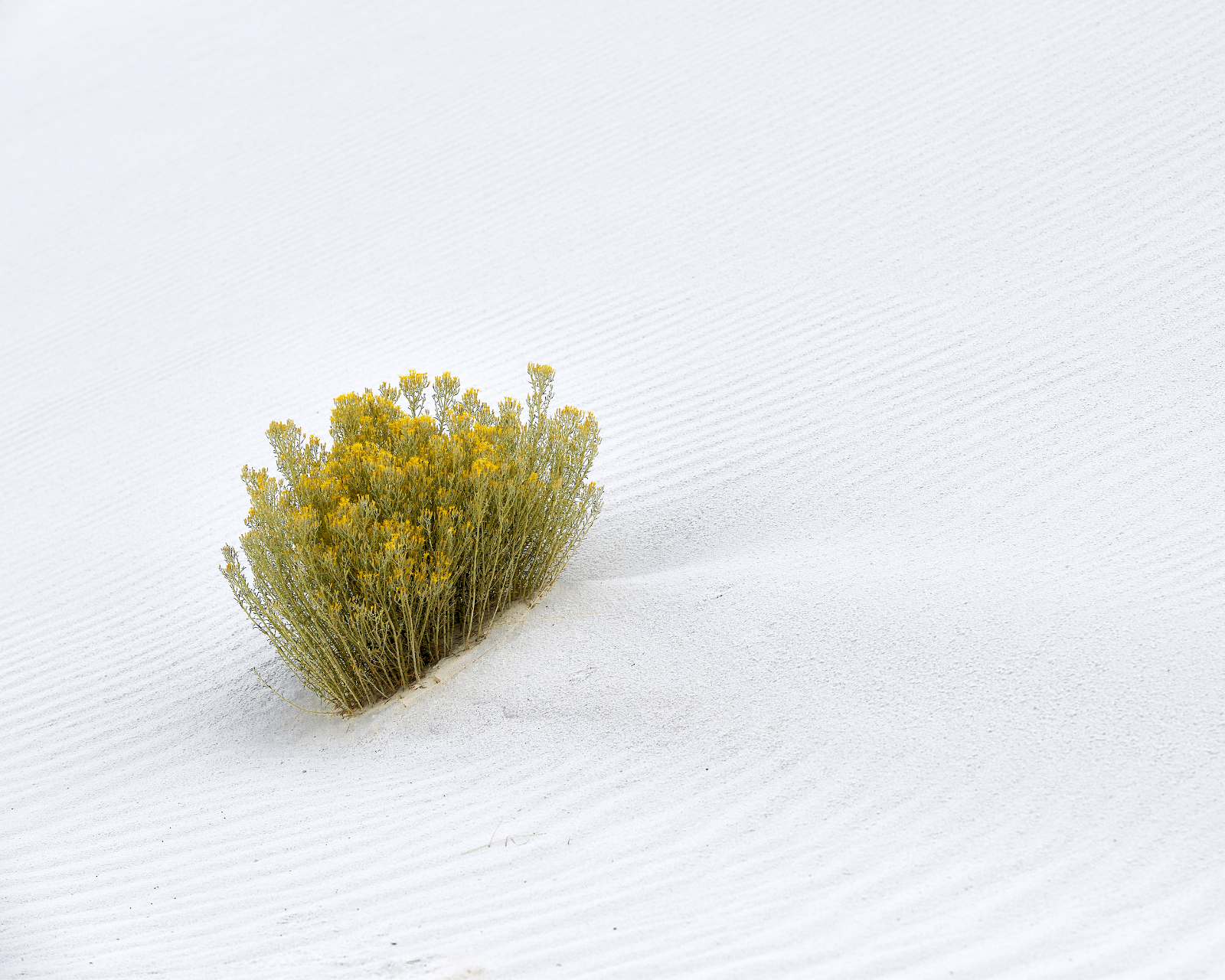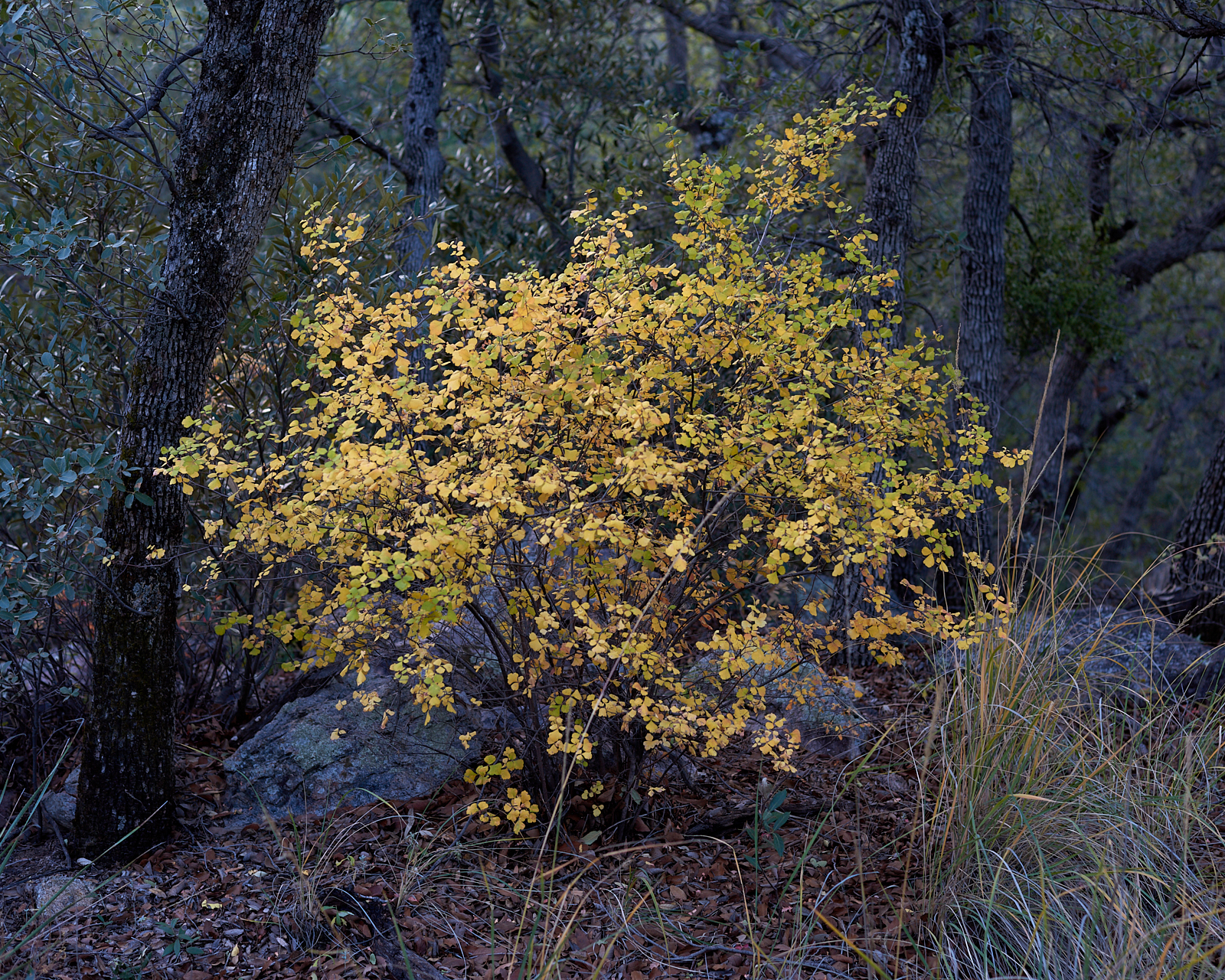I find something peaceful about these photographs. Looking at them recalls for me the days spent wandering alone. Now and then, when I was close to the road or near one of the trails, I would see other people. I might even hear them. But head north west, toward the San Andres mountains and soon I was all alone. Wandering up and down the gypsum dunes.
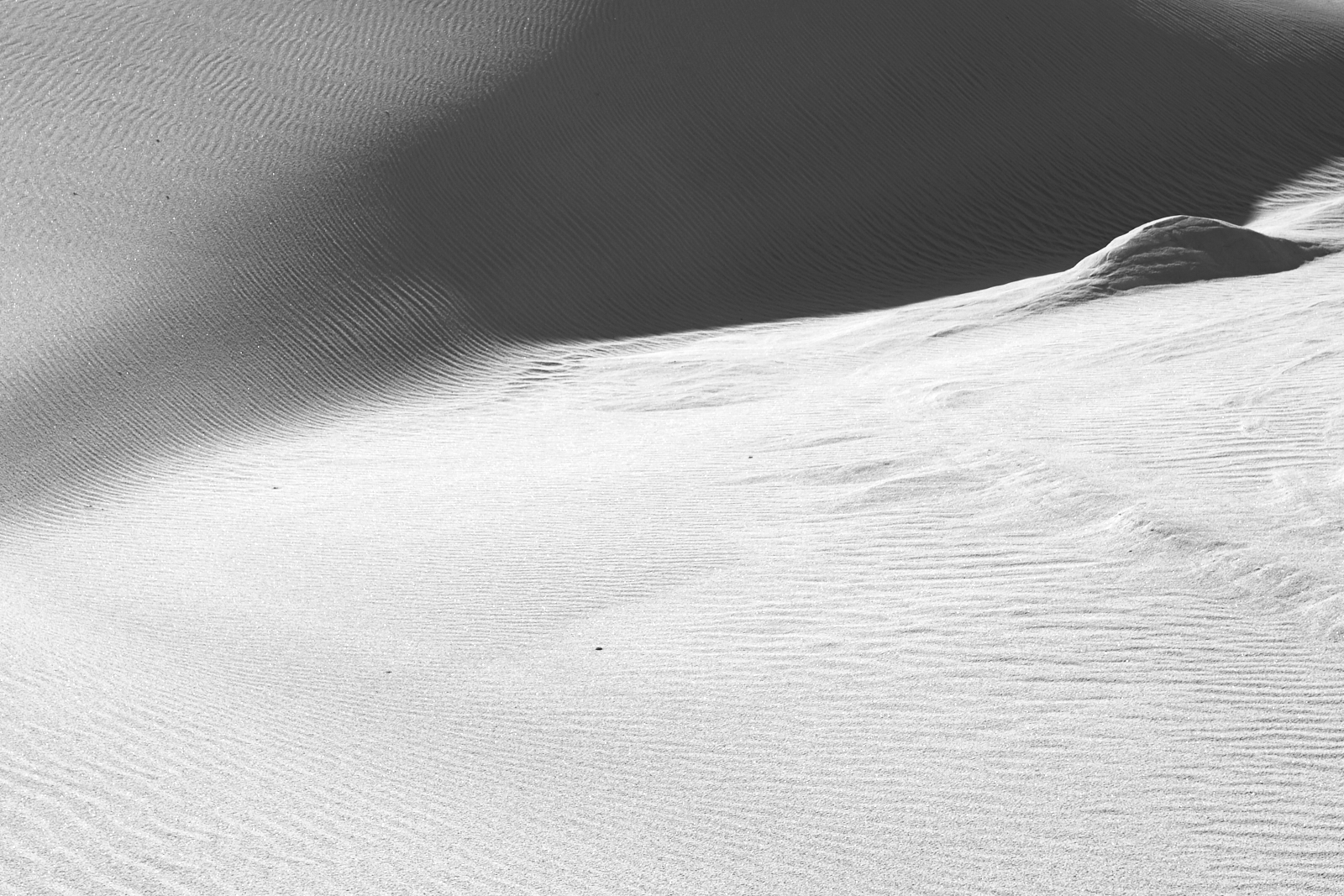
After about an hour they all began to look alike. The sun is relentless and seems to burn from above and below. A hat scarcely protects you from the glare so much light reflects up from the ground. Everywhere is either white sand or pale blue sky. It is easy to lose your way. There are no trails, no posts to mark the way. I understand how people get lost out here and, tragically, die from heat and dehydration. “What will I find over the next dune?” I wonder as I continue deeper into the dunes.
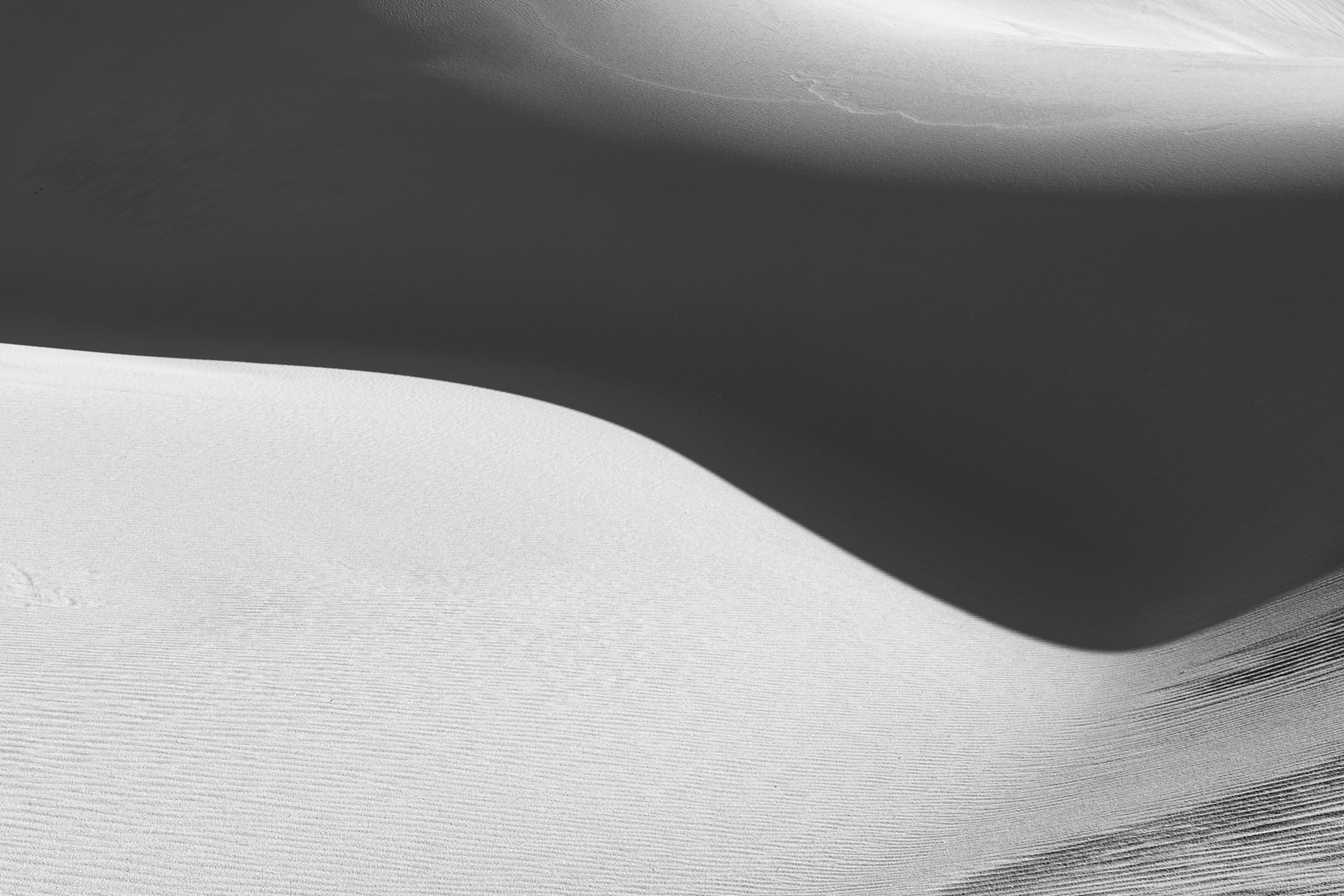
I paused near the top of each dune, marveling at the sight. As afternoon wore on, the sinking sun started casting amazing shadows, giving the dunes texture and shape that they lacked when the sun was higher. There are no footprints. No evidence of the last person who passed. I might be only a mile or so from the road, but I feel like I’m a million miles from anywhere. Just me and these mesmerizing shadows.
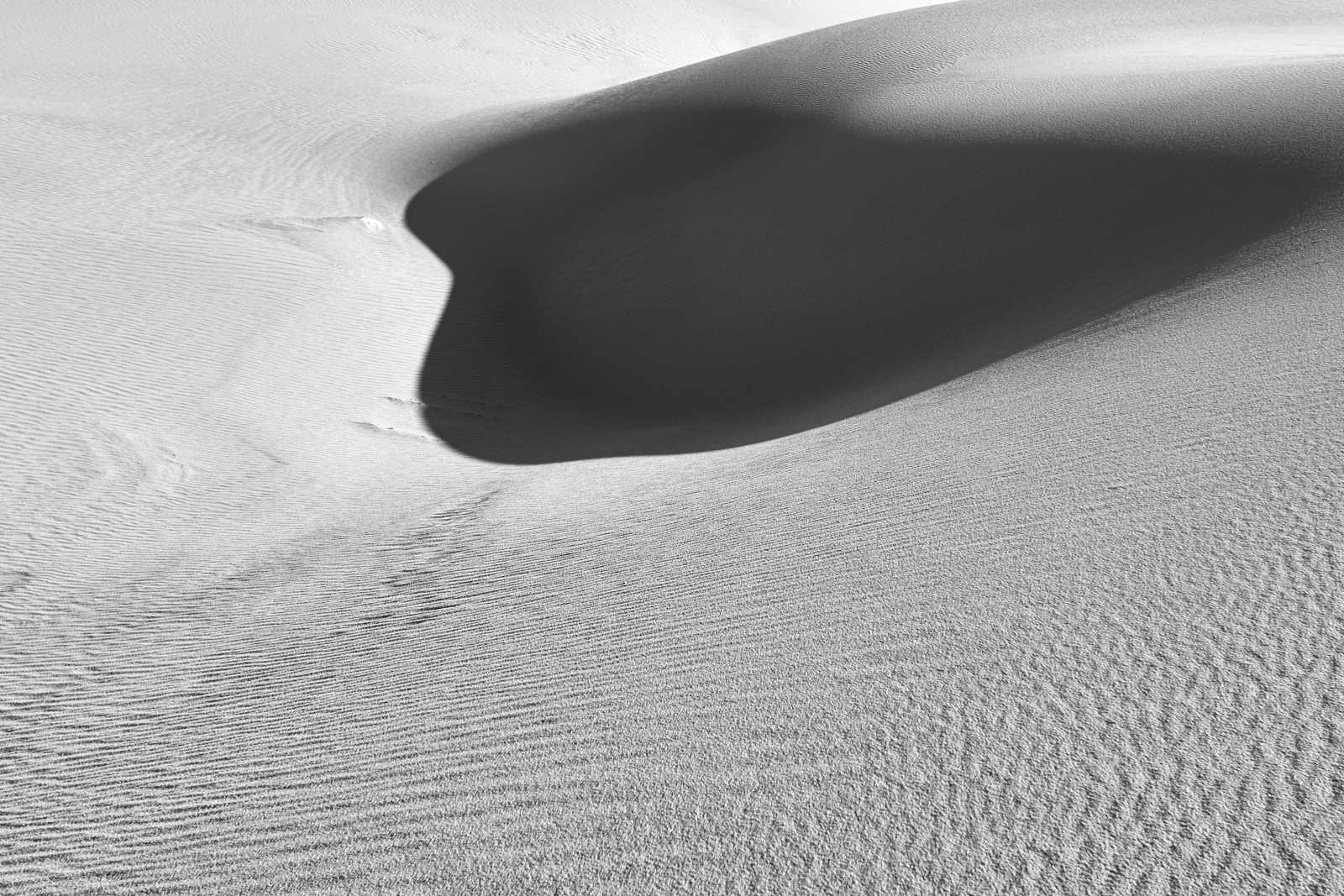
For some people, lush forests are a paradise. They long for the sound of a creek or the wind through the trees. For me, these desolate, expansive, unforgiving spaces are more appealing. That afternoon no breeze disturbed the silence. No birds flew overhead. No water anywhere. And yet so much to see. The ripples and soft contours. The subtle shadowing.
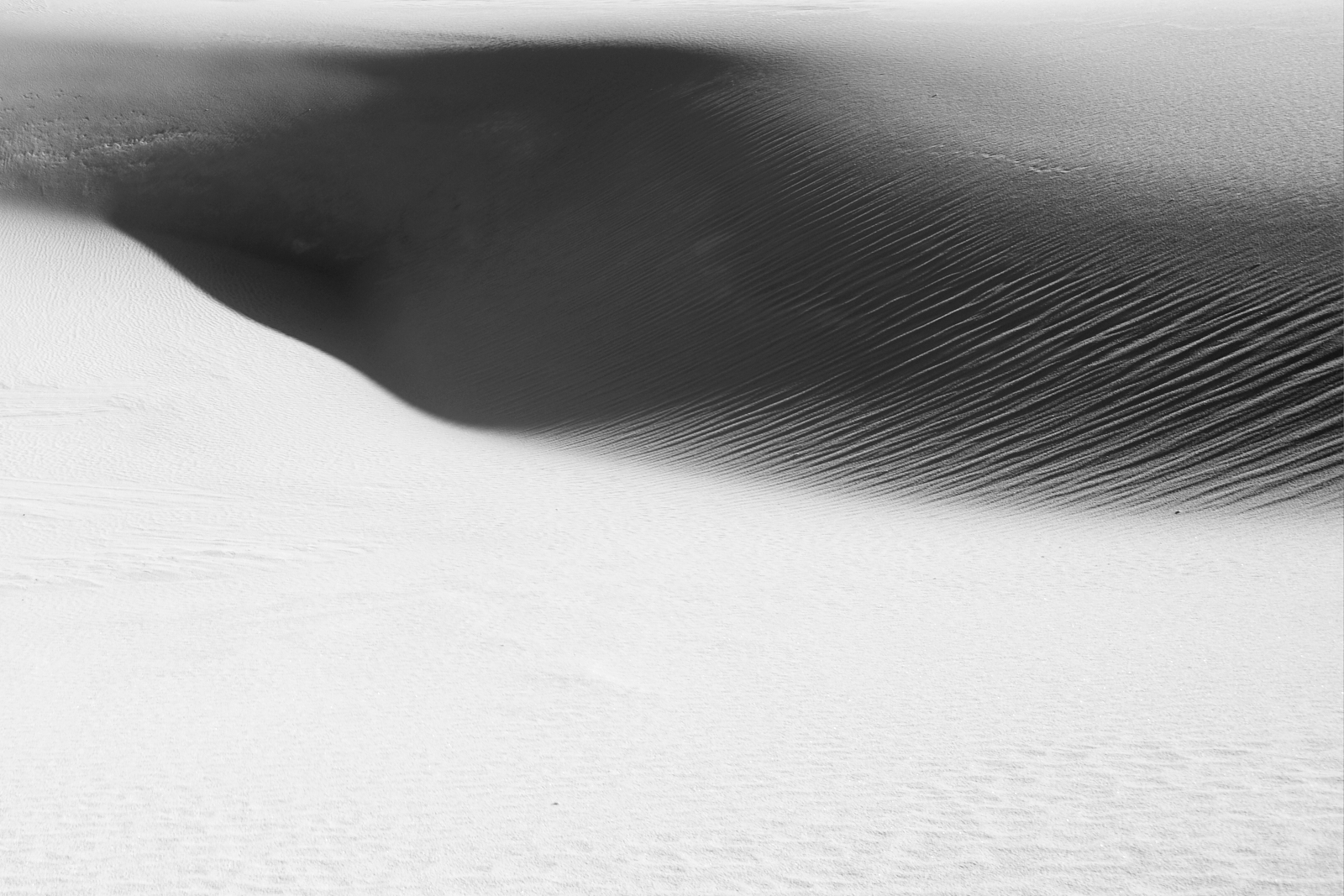
I had been wandering for hours but had probably walked only a few miles. Time and distance are different here in this pale landscape of undulating dunes — both seem meaningless here. I could have walked for hours more, captivated by the stark beauty of the swells and shadows, but late in the day I turned around and headed back. Any trace of my passage has long since disappeared. What is left are these photographs, the memories they evoke, and the hope of maybe one day returned to that land of light and shadows.
